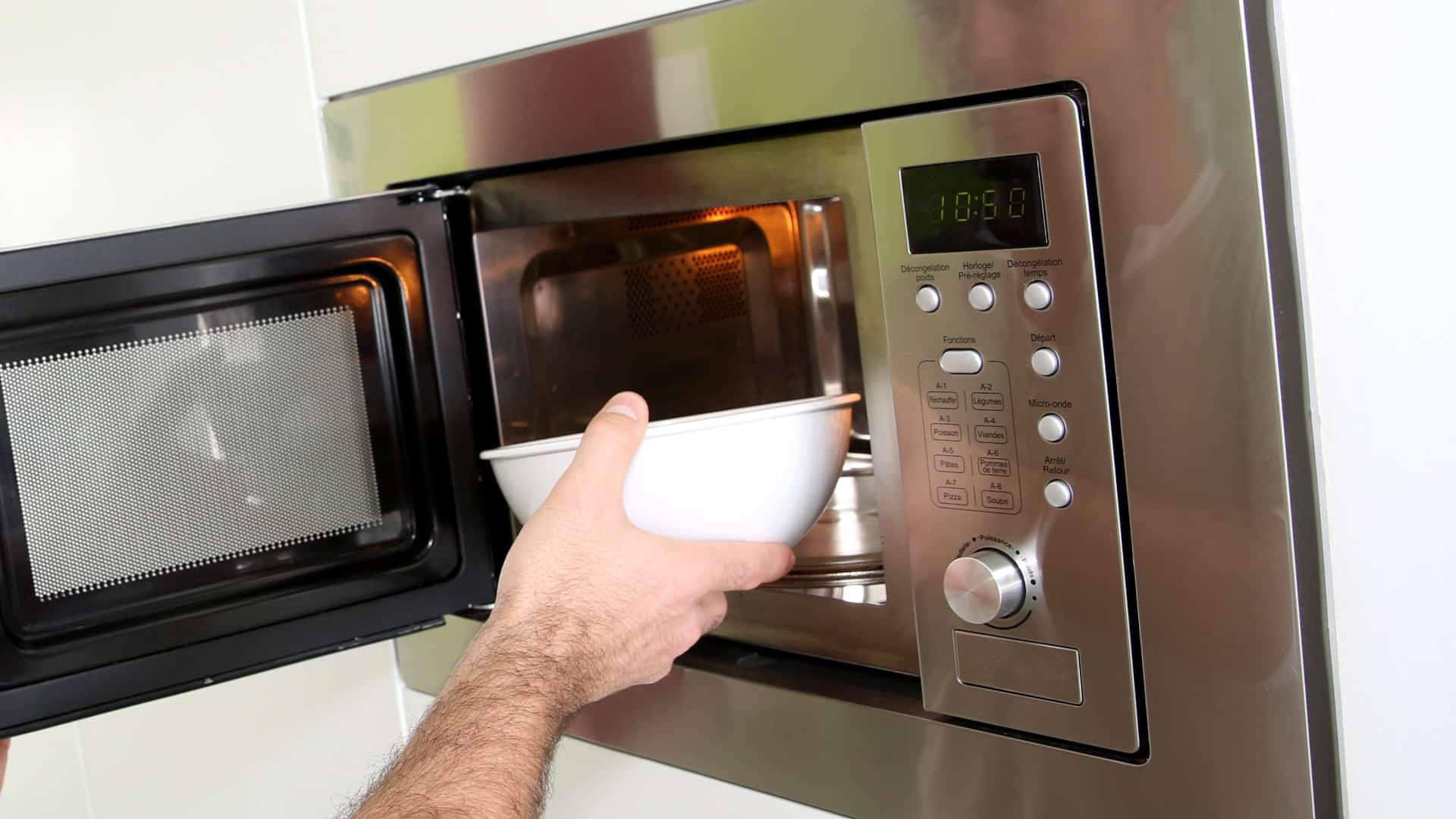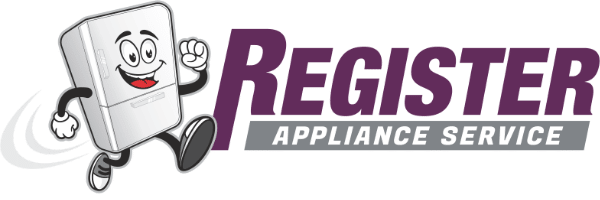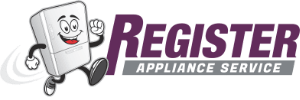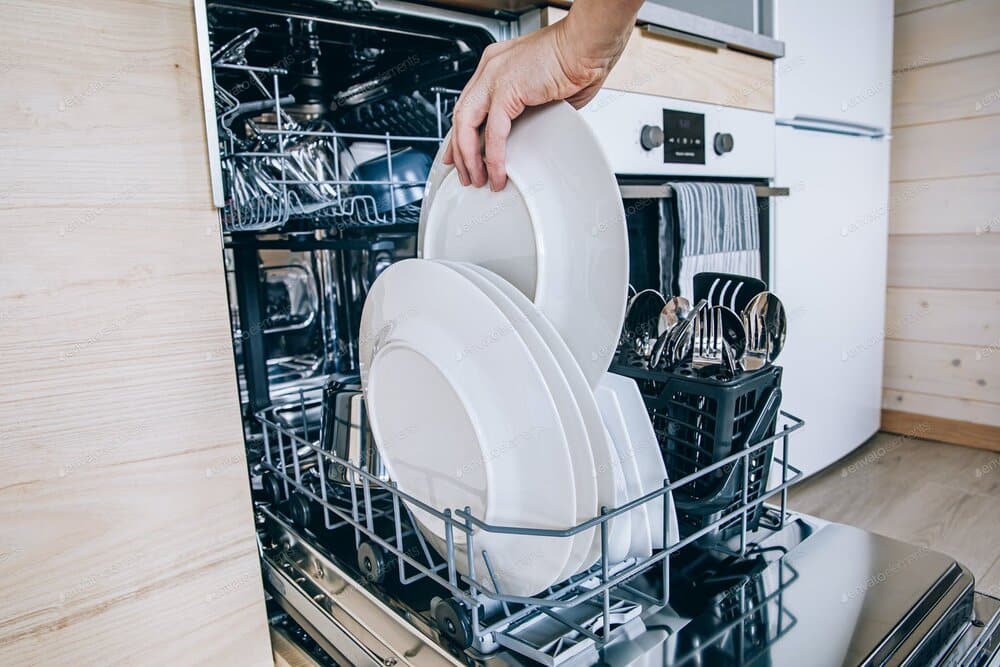
Why Doesn’t my Dishwasher Dry and what is Rinse Aid?
Rinse aid, sold under brand names like Finish Jet-Dry and Seventh Generation Rinse Aid Free & Clear, are made up of surfactants, salts and acids. These ingredients cause the dishwasher’s rinse water to sheet off of your dishes and leave little or no water on the surface of your dishes and utensils to cause spotting or wet dishes.
You may have noticed that I mentioned “modern” when referring to dishwashers. While an older dishwasher will dry your dishes without the assistance of a rinse aid, this is not because of the machine itself. In 2010 The EPA required manufacturers of dishwashing detergents to halt the use of phosphates. These phosphates made for a great detergent but were terrible for the environment causing algae blooms where this runoff went. So now that our detergents are much more gentle, rinse aid is required to furnish the drying result that most folks are looking for.
The New York times listed a breakdown of what is in rinse aid and what each ingredient does. I have included that list below:
- Water is necessary to dissolve all the other stuff.
- Alcohol ethoxylate is a nonionic (uncharged) surfactant that helps the water slide off your dishes better and thus helps them dry faster. This ingredient is probably the most important bit in rinse aids; more on how it works in a minute.
- Sodium polycarboxylate is an anti-redeposition polymer that wraps itself around the crud that the dishwasher just washed off so that the bits don’t get stuck again on your dishes.
- Citric acid, which RB (the company that makes Jet-Dry) calls a complexing/sequestering agent, is really good at grabbing calcium ions out of hard water. Calcium can bind with surfactants and keep them from cleaning and rinsing dishes, so citric acid acts as kind of a sacrificial lamb to keep calcium from interfering.
- Sodium cumene sulfonate is another surfactant but with an electric charge, so it’s a bit better at breaking water’s surface tension on your dishes than alcohol ethoxylate, but it’s also more foamy (PDF). Foam is bad in a rinse aid, so that’s why such products use both kinds of surfactant.
- Tetrasodium EDTA is a chelating agent. EDTA is short for ethylenediaminetetraacetic acid. It’s this funky-looking molecule that wraps its four arms around dissolved minerals in the water (such as calcium). The word chelate comes from the Greek word for “claw,” so you can imagine this molecule sinking its claws into minerals and whisking them away, similar to what citric acid does.
- Methylisothiazolinone and methylchloroisothiazolinone (aka MI and MCI) are both preservatives, meaning they keep bacteria from growing in your bottle of rinse aid. Both are capable of causing skin allergies and are sensitizers, meaning that if you’re exposed to them over and over again, you can develop an allergy. But since rinse aid doesn’t sit on your skin and washes away completely from your dishes, I wouldn’t worry about it here.
- CI Acid Blue 9 is dye. It makes the rinse aid blue. Why does it need to be blue? I have no idea, although colored solutions are easier to see in that little rinse-aid compartment.
(https://www.nytimes.com/wirecutter/blog/dishwasher-rinse-aid-cleaner-drier/)
So, do you absolutely, positively, need rinse aid in your dishwasher? No, your dishes will still get clean, however, when the cycle is over, your dishes will still be wet and needing to be hand dried. That is up to you if it is worth it.
How do dishwashers dry?
So we know how water gets off of your dishes, but how do dishwashers actually dry them? Obviously we all know that some amount of heat is involved as I cannot be the only one to have opened a dishwasher too early and gotten a dishwasher stream facial. So what are the ways that dishwashers dry?
- Heated Drying. So this is pretty simple. The heating element in your dishwasher gets hot and raises the temperature of ambient air in the dishwasher to assist the water in evaporate from the dishes. (Hot dishwasher facial) In some units there can be a fan in the dishwasher cavity which will circulate that hot, damp air to aid in the drying process.
- Condensation Drying. This was made popular by European brands of dishwashers like Bosch. The condensation drying process rinses your dishes with a hot blast of water and uses that heat to allow the water to condensate on the cooler stainless steel walls of the unit, leaving the dishes dry. The one downside to this process is that plastics, given their poor heat conductivity, do not dry as well. This process is very common now in the market.
- Bosch’s patented CrystalDry process. This chemical drying process is new to dishwashers and it is actually really cool. This is basically the heated drying process, but without the use of an element to create the heat. How does that work, you might ask? The answer is crystals, as you might have gleaned from the name. Bosch uses a natural crystal called zeolite. Zeolite is a micro-porous aluminosilicate mineral that, when applied with water, heats up to about 176°F. The Bosch system starts with an air intake that will direct the moist air into the base of the dishwasher. Once that moist air makes contact with the zeolite, it begins to heat up and then that hot, dry air is released back into the cavity of the dishwasher to heat up more moisture to evaporate into the air intake and continue the process until your dishes are dry. It’s really quite genius! The best rated Bosch dishwasher with CrystalDry is the 24″ 800 Series Dishwasher (SHEM78ZH5N).
Is There a Difference Between Top Control and Front Control Dishwashers?
I think we hear this question a lot, because they do look different. The truth is, that both of these dishwashers wash and dry your dishes the same, the difference comes down to taste. If you want a very clean, highly styled and modern look, you will likely opt for a dishwasher with the controls in the top of the door. If that is not part of your goal, you may end up opting for a front control dishwasher with the operational panel on the top front of the door. Everyone has difference stylistic choices that they make in their kitchen and this is just another one.
My Dishwasher Has a Filter?
Now, given my growing up on a farm, forgive my ignorance, but I had no idea that dishwashers had filters in them that needed to be emptied. Granted, there are some that have hard food disposal but they are harder to find now.
The filter in your dishwasher will be under the water arm on the bottom of the cavity. Usually, it is a round opening that you grab and twist to lift it out of its space. From there you can empty it of any debris, wash it clean and place it back in the dishwasher. Some dishwasher filters may be much larger, but it will still live under the water arm. To be certain, you always want to check your use and operations manual to be sure of where it is in your specific machine.
What Does Register Appliance Service Have Experience With?
For the last 40 years, Register Appliance Service has been doing repairs and maintenance on dishwasher brands such as LG, GE, Samsung, Bosch, Frigidaire, Whirlpool and more!
Do you have questions for us or would like to know more about dishwashers? Contact Register Appliance Service Today
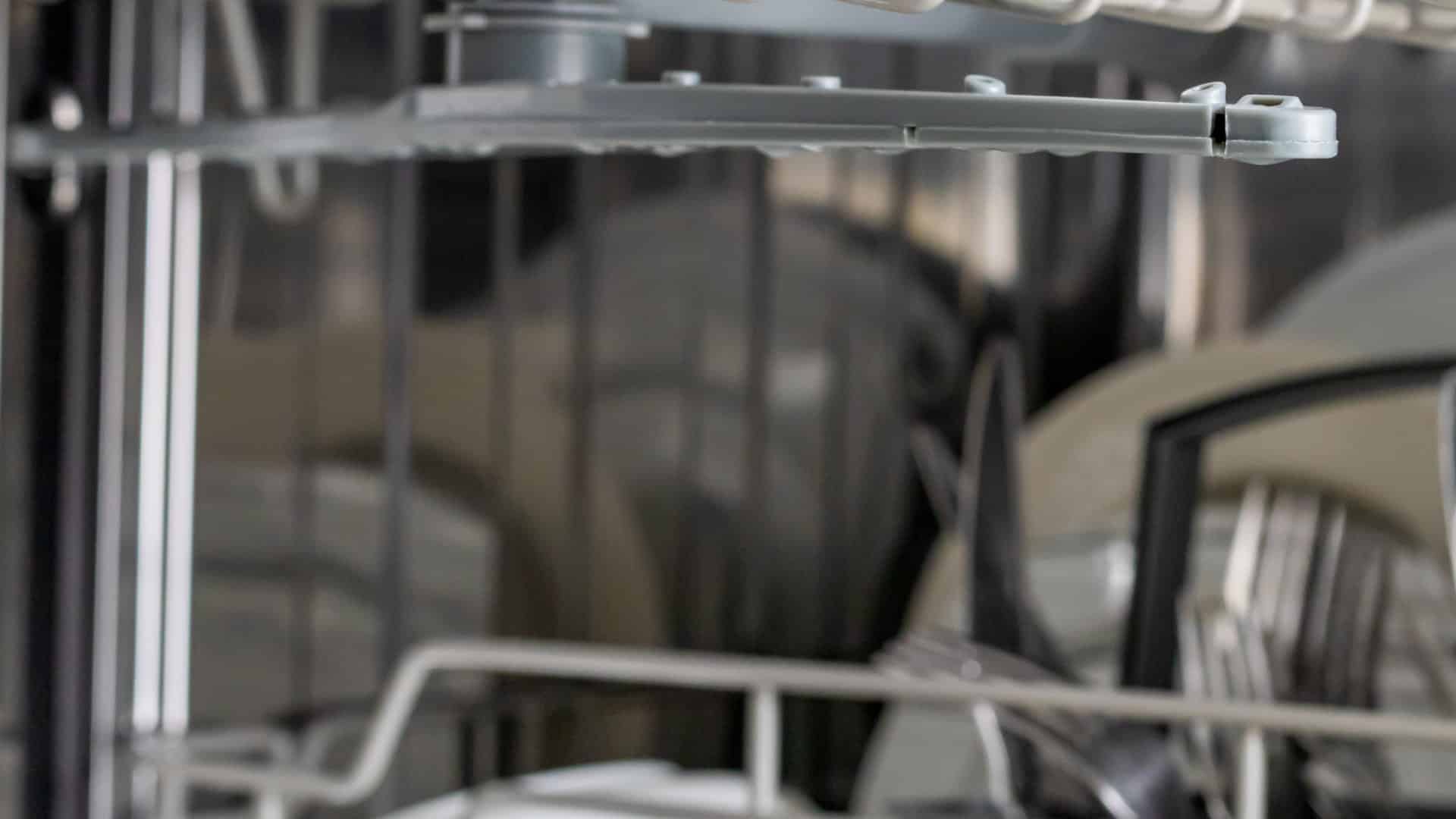
GE Dishwasher With No Power or Lights? Try This Fix

Understanding SC Code on Samsung Washer

Resolving LG Dryer D80 Error Code
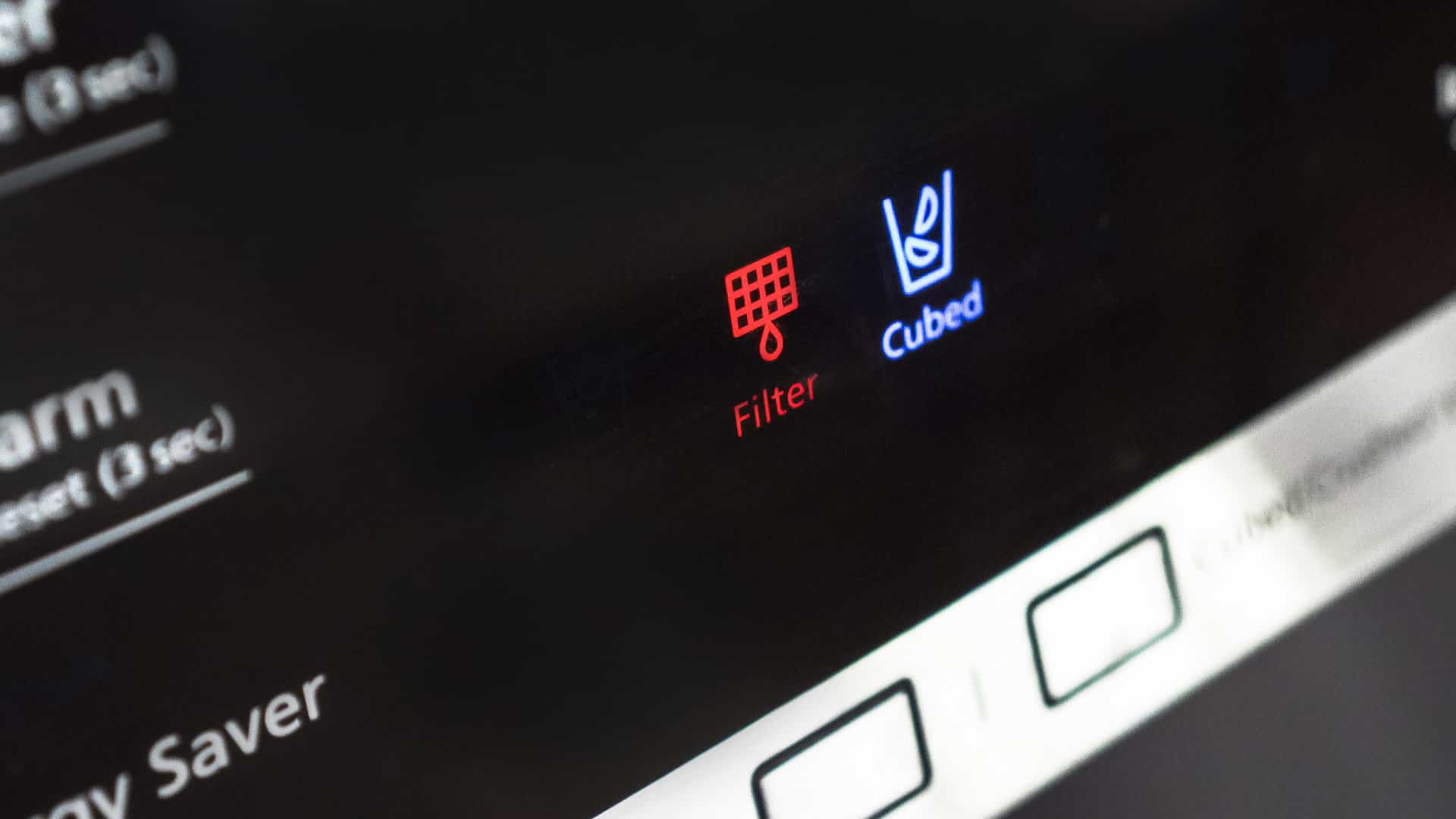
Understanding GE Refrigerator Error Codes: A Guide
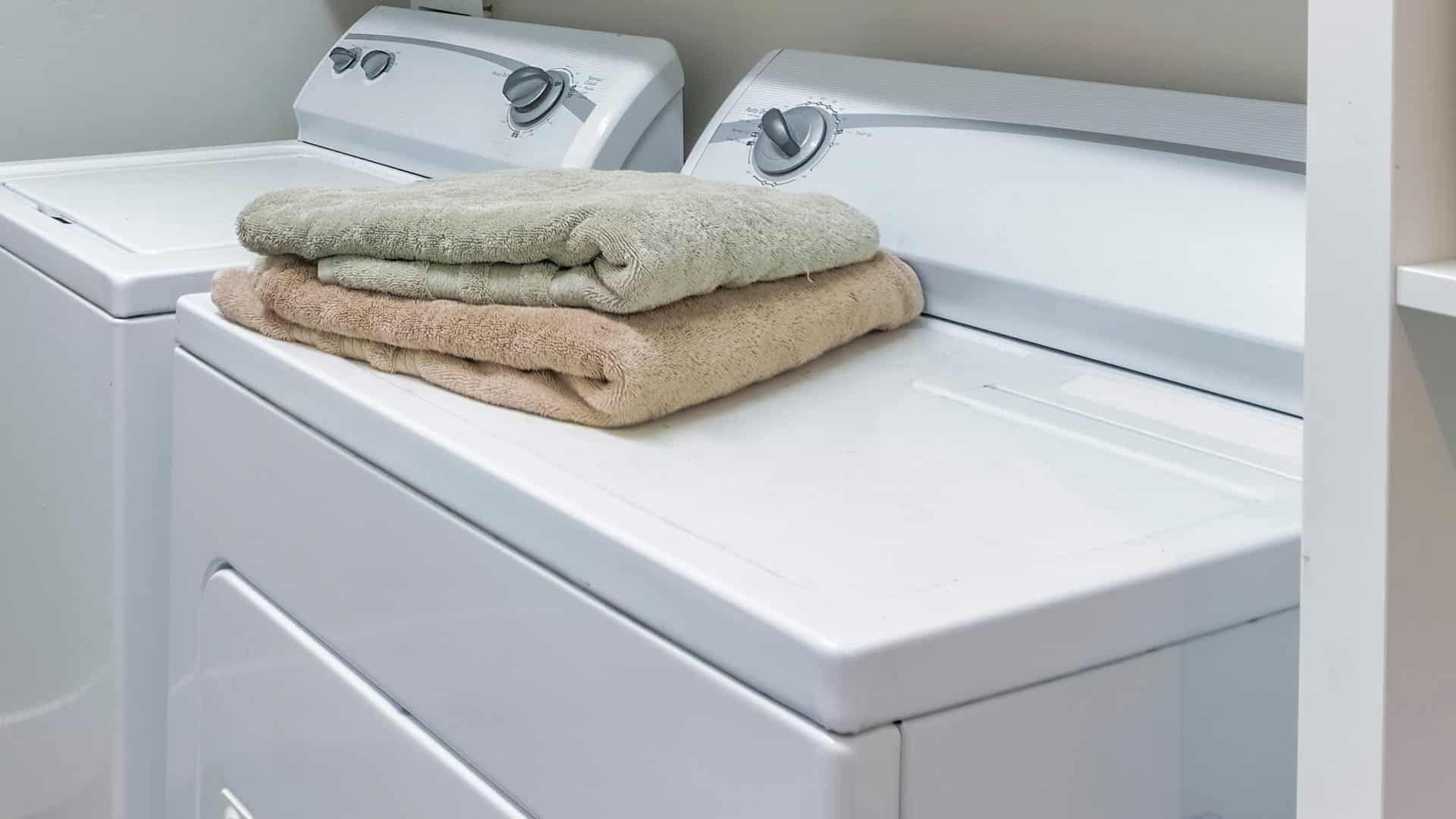
Amana Dryer Not Heating? Try These 5 Fixes
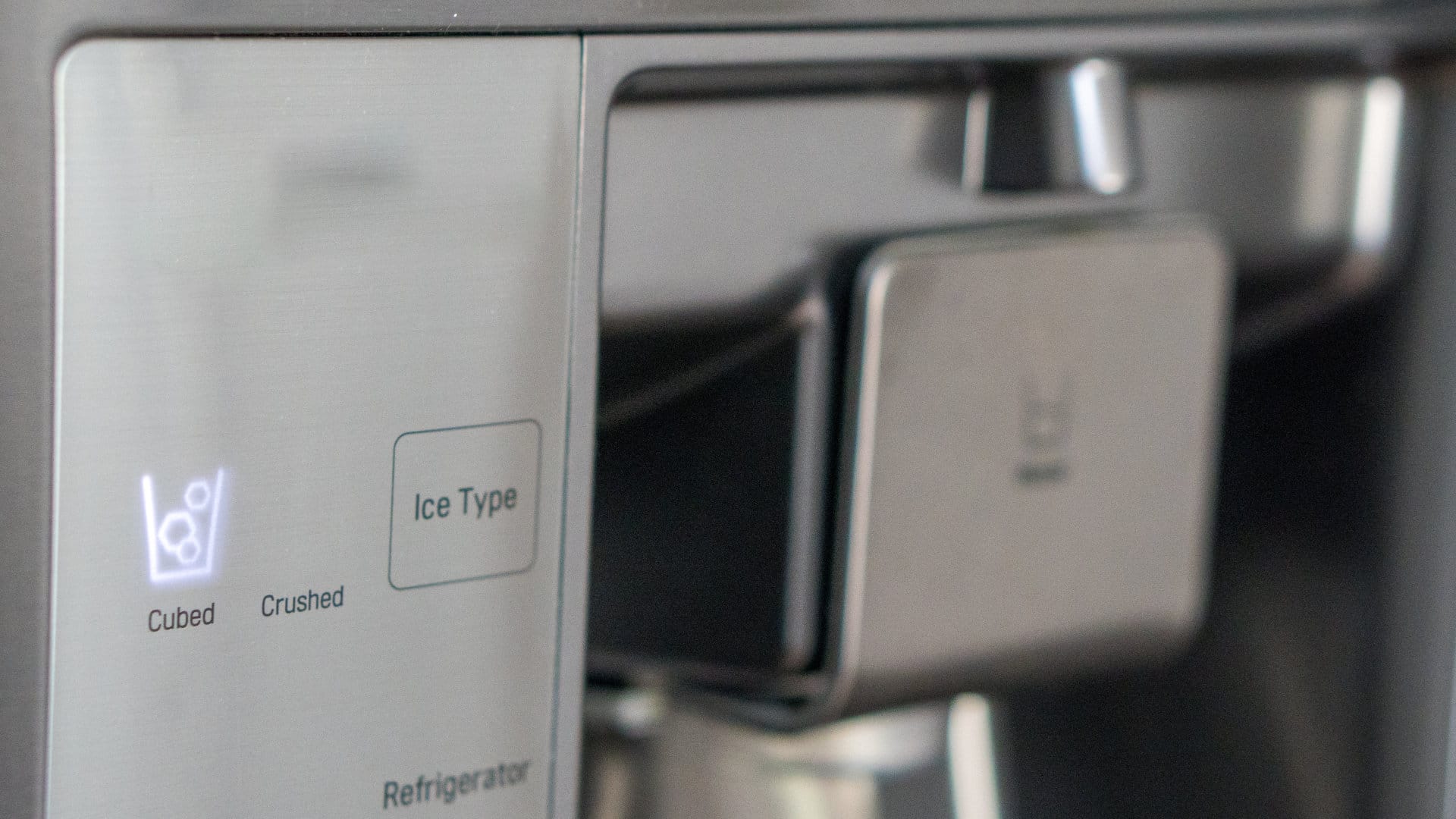
Samsung Ice Maker Issues? Here are 5 Fixes
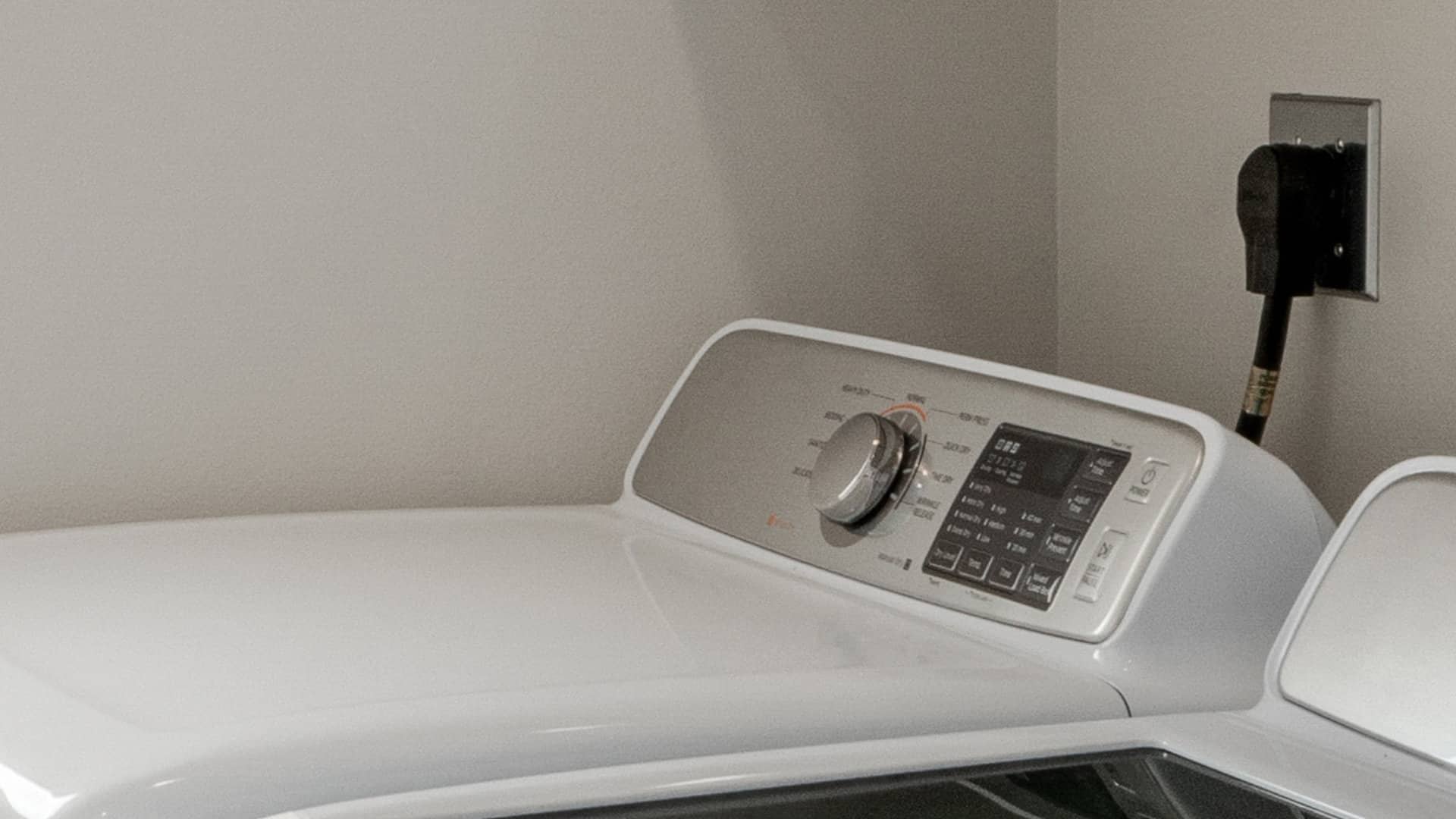
Samsung Dryer Not Heating with No Error Code? Here’s Why

GE Profile Dishwasher Not Draining? Here’s Why
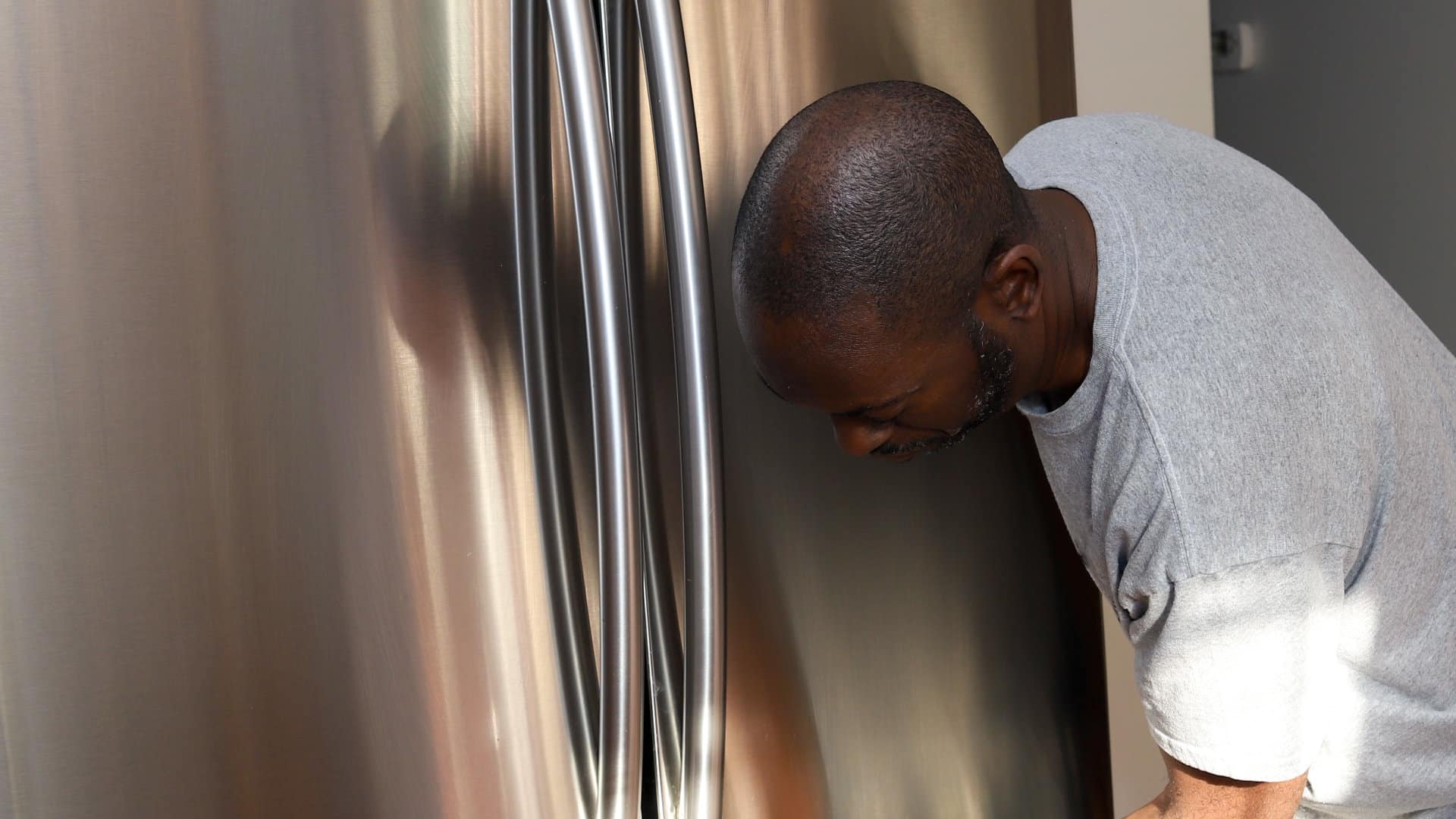
How to Replace the Filter on a Samsung Refrigerator
